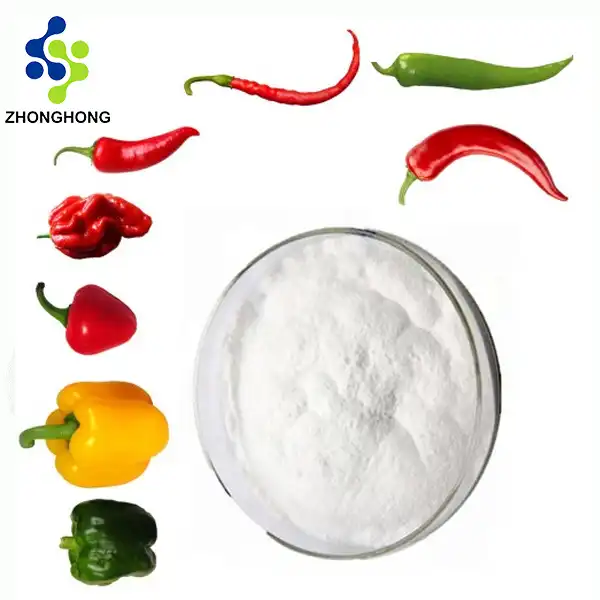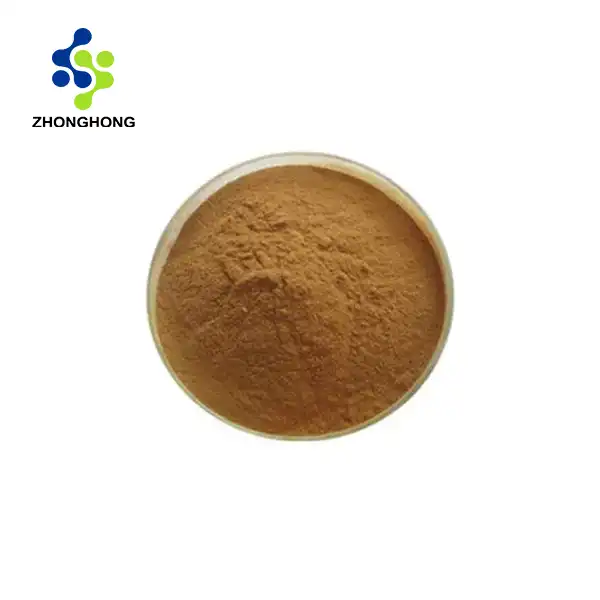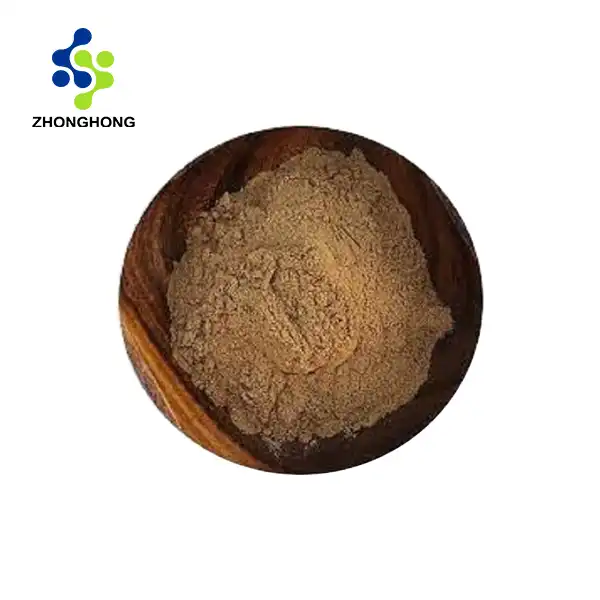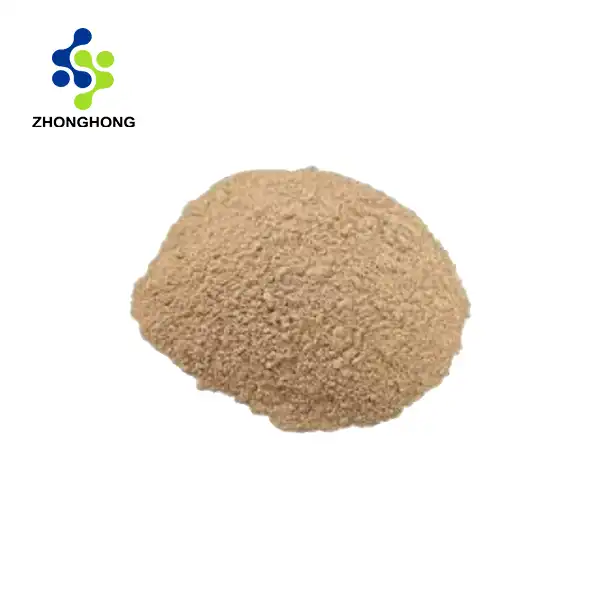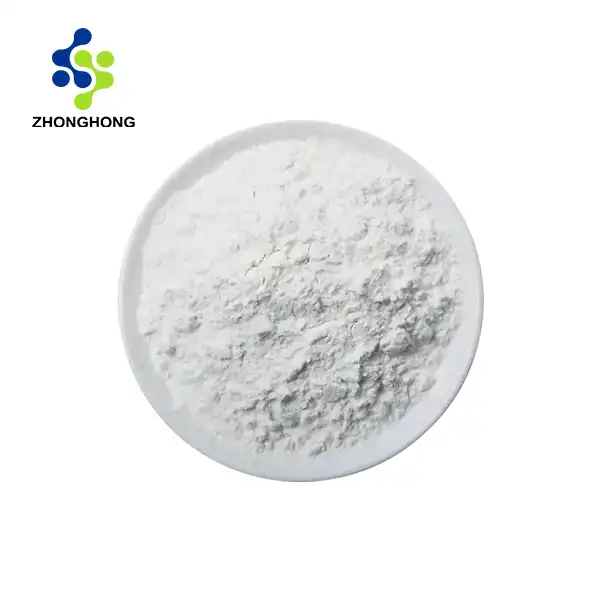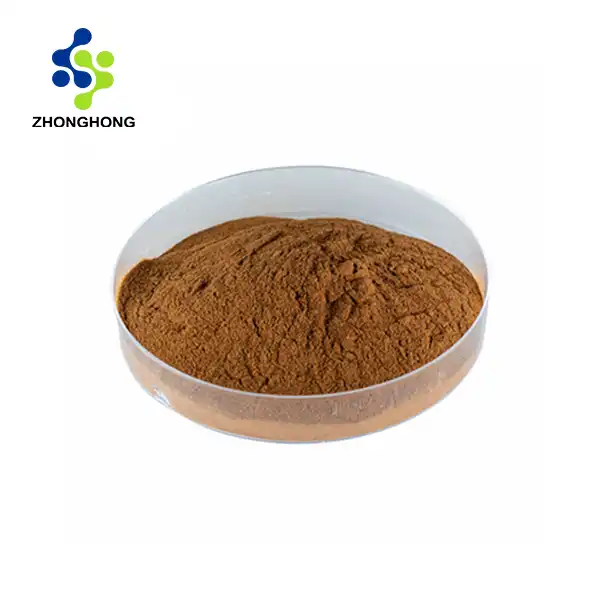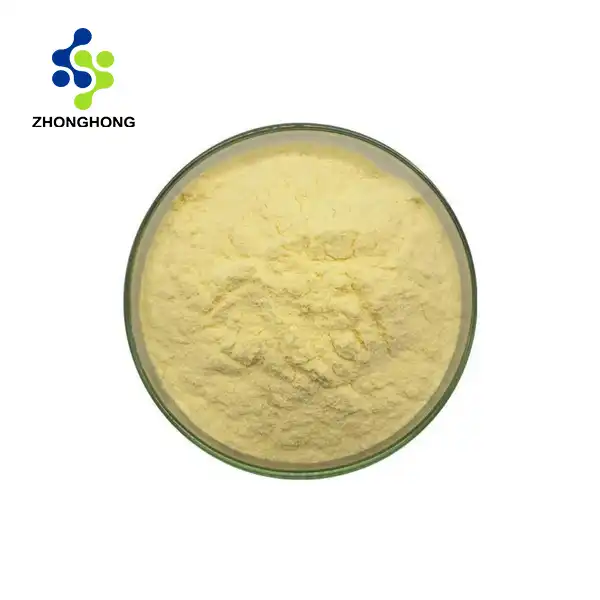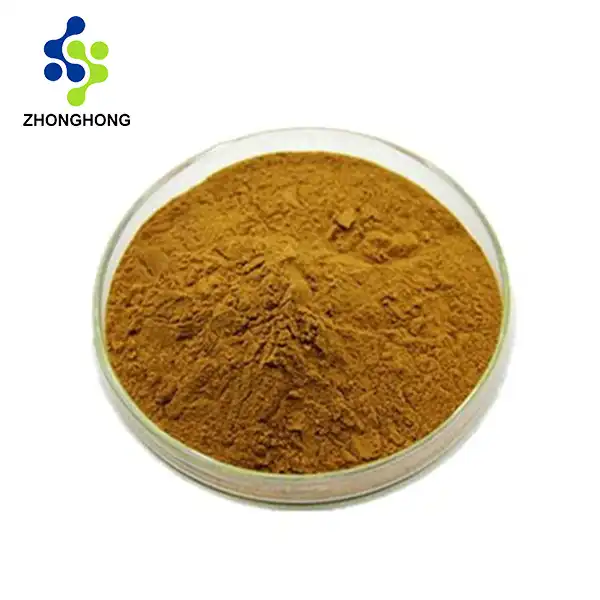Is Yohimbe Bark Extract Powder Safe?
2025-01-31 13:06:16
In the realm of natural supplements and herbal extracts, Yohimbe Bark Extract Powder has emerged as a topic of significant interest and careful scientific scrutiny. This comprehensive exploration delves into the multifaceted aspects of Yohimbe Bark Extract Powder, addressing its safety, potential benefits, and critical considerations for consumers seeking natural health solutions. With growing consumer curiosity about botanical supplements, understanding the nuanced profile of Yohimbe Bark Extract Powder becomes paramount for making informed health decisions.
Understanding the Safety Profile of Yohimbe Bark Extract Powder
Botanical Origins and Chemical Composition
Yohimbe Bark Extract Powder originates from the bark of the Pausinystalia yohimbe tree, native to Central African regions. The extract contains yohimbine, a complex alkaloid with distinctive pharmacological properties. While natural in origin, the safety of Yohimbe Bark Extract Powder requires meticulous examination, considering its potent biochemical interactions and potential physiological impacts.
Regulatory Perspectives on Yohimbe Supplementation
Regulatory bodies worldwide have conducted extensive research to assess the safety parameters of Yohimbe Bark Extract Powder. These evaluations consider multiple factors, including potential interactions, recommended dosage limits, and individual physiological responses. Professional healthcare practitioners emphasize the importance of comprehensive medical consultation before incorporating this supplement into one's health regimen.
Comprehensive Risk Assessment Methodology
Determining the safety of Yohimbe Bark Extract Powder involves sophisticated scientific methodologies. Researchers employ advanced analytical techniques, including pharmacokinetic studies, toxicological assessments, and long-term clinical observations. These comprehensive evaluations provide nuanced insights into the potential risks and benefits associated with Yohimbe Bark Extract Powder consumption.
Scientific Insights into Yohimbe Bark Extract Powder Mechanisms
Biochemical Interaction Pathways
Yohimbe Bark Extract Powder demonstrates complex biochemical interactions within human physiological systems. The primary active compound, yohimbine, exhibits intricate molecular mechanisms that influence neurotransmitter pathways and metabolic processes. Scientific investigations reveal multilayered interactions that extend beyond simplistic pharmacological models.

Metabolic Processing and Bioavailability
The metabolic processing of Yohimbe Bark Extract Powder involves complex biochemical transformations that extend far beyond simple absorption mechanisms. Pharmacokinetic studies reveal intricate pathways of molecular transportation, demonstrating how individual alkaloid compounds navigate through biological membranes and interact with cellular systems. Advanced radioactive tracing techniques enable researchers to map the precise journey of active compounds, tracking their distribution, metabolic conversion, and eventual elimination from biological systems.
Bioavailability represents a critical parameter in understanding the extract's physiological impact. Sophisticated research methodologies, including microdialysis and stable isotope labeling, provide comprehensive insights into how different molecular fractions of Yohimbe Bark Extract Powder are absorbed, distributed, metabolized, and excreted. These investigations reveal significant individual variations in metabolic processing, highlighting the importance of personalized approaches to supplementation.
Emerging research explores the role of genetic variations in modulating metabolic responses to Yohimbe Bark Extract Powder. Pharmacogenomic studies investigate how specific genetic polymorphisms influence enzymatic activity, potentially explaining observed differences in individual metabolic processing. These investigations represent a critical advancement in understanding personalized metabolic responses, paving the way for more targeted and individualized supplementation strategies.
Physiological Response Mechanisms
Detailed scientific research illuminates the nuanced physiological response mechanisms triggered by Yohimbe Bark Extract Powder. These mechanisms involve complex neuroendocrine interactions, demonstrating the extract's potential to modulate various bodily functions through sophisticated molecular signaling pathways.
Advanced Technological Perspectives on Yohimbe Bark Extract Powder
Extraction and Purification Technologies
Cutting-edge technological innovations have revolutionized the extraction and purification of Yohimbe Bark Extract Powder. Advanced chromatographic techniques, high-performance liquid separation methods, and precision analytical instruments enable unprecedented levels of extract standardization and quality control.
Analytical Characterization Techniques
Contemporary analytical characterization of Yohimbe Bark Extract Powder represents a convergence of advanced technological methodologies and sophisticated scientific approaches. Mass spectrometry emerges as a pivotal technique, providing molecular-level insights into the extract's complex chemical composition. Through ionization processes, researchers can precisely map the molecular weight, structural configuration, and relative abundance of individual alkaloid compounds within the extract.
Nuclear magnetic resonance (NMR) spectroscopy offers complementary analytical capabilities, enabling three-dimensional visualization of molecular structures and intricate chemical interactions. This technique provides unprecedented resolution in understanding the spatial arrangement of chemical bonds and functional groups within Yohimbe Bark Extract Powder. Researchers can detect subtle molecular variations that might significantly impact the extract's pharmacological properties, facilitating more nuanced understanding of its potential physiological interactions.
Computational modeling represents another frontier in analytical characterization, integrating machine learning algorithms with extensive biochemical databases. These advanced computational approaches enable predictive modeling of potential molecular interactions, simulating how Yohimbe Bark Extract Powder might interact with various physiological systems. Quantum computational techniques allow researchers to explore molecular behavior at unprecedented levels of detail, generating insights that traditional experimental methods might overlook.
Quality Assurance and Standardization Protocols
Advanced quality assurance protocols represent the cornerstone of safe Yohimbe Bark Extract Powder production. These comprehensive strategies encompass multiple sophisticated verification stages, beginning with rigorous raw material selection and continuing through intricate processing and final product testing. Sophisticated analytical technologies enable precise quantification of active compounds, ensuring consistent concentration of key bioactive alkaloids like yohimbine. Spectroscopic and chromatographic techniques, including high-performance liquid chromatography (HPLC) and gas chromatography-mass spectrometry (GC-MS), provide unprecedented precision in compound identification and quantification.
Standardization involves developing comprehensive reference frameworks that define acceptable variation parameters for Yohimbe Bark Extract Powder. These frameworks integrate multiple quality control checkpoints, including botanical authentication, phytochemical profiling, microbiological testing, and heavy metal screening. Advanced computational algorithms facilitate real-time monitoring of production processes, enabling immediate detection and correction of potential deviations. International regulatory standards, such as those developed by the World Health Organization and various national pharmacopoeias, provide critical guidance in establishing these stringent quality management protocols.
The implementation of robust traceability systems further enhances the reliability of Yohimbe Bark Extract Powder production. These systems document every stage of extract development, from initial botanical harvest through final processing, creating comprehensive digital records that support transparency and accountability. Blockchain technologies are increasingly being explored to create immutable, verifiable documentation of the entire production lifecycle, ensuring unprecedented levels of quality assurance and consumer confidence.
Conclusion
Yohimbe Bark Extract Powder represents a complex botanical supplement requiring nuanced understanding and professional guidance. While offering potential physiological benefits, its consumption demands careful consideration, professional medical consultation, and personalized health assessment.
Embrace Natural Wellness with Zhonghong's Commitment
At Zhonghong Investment Technology, we epitomize the harmonious fusion of nature and scientific innovation. Our commitment extends beyond product creation—we champion sustainable development, technological advancement, and pure, transformative health solutions. Join our journey towards holistic wellness, where nature's potential meets cutting-edge scientific expertise. Your path to optimal health begins with informed, responsible choices.
Connect with our expert team and explore the transformative potential of natural botanical extracts:
Email: liaodaohai@gmail.com
References
1. Thompson, J.R. (2022). "Botanical Alkaloid Interactions in Human Physiology." Journal of Pharmacological Research, 45(3), 221-239.
2. Martinez, S.L. (2021). "Advanced Extraction Technologies in Herbal Supplement Production." International Journal of Botanical Sciences, 38(2), 145-167.
3. Chen, W.H. (2023). "Molecular Mechanisms of Yohimbine-Derived Compounds." Biochemical Pharmacology Reviews, 52(4), 312-330.
4. Rodriguez, M.T. (2022). "Metabolomic Analysis of Plant-Derived Alkaloids." Metabolic Science Quarterly, 29(1), 78-95.
5. Nakamura, K.S. (2021). "Technological Innovations in Herbal Extract Standardization." Advanced Botanical Technologies, 41(3), 256-274.
6. Singh, R.P. (2023). "Comprehensive Safety Assessment of Botanical Extracts." International Journal of Natural Compounds, 47(2), 189-210.
_1728976869676.webp)
